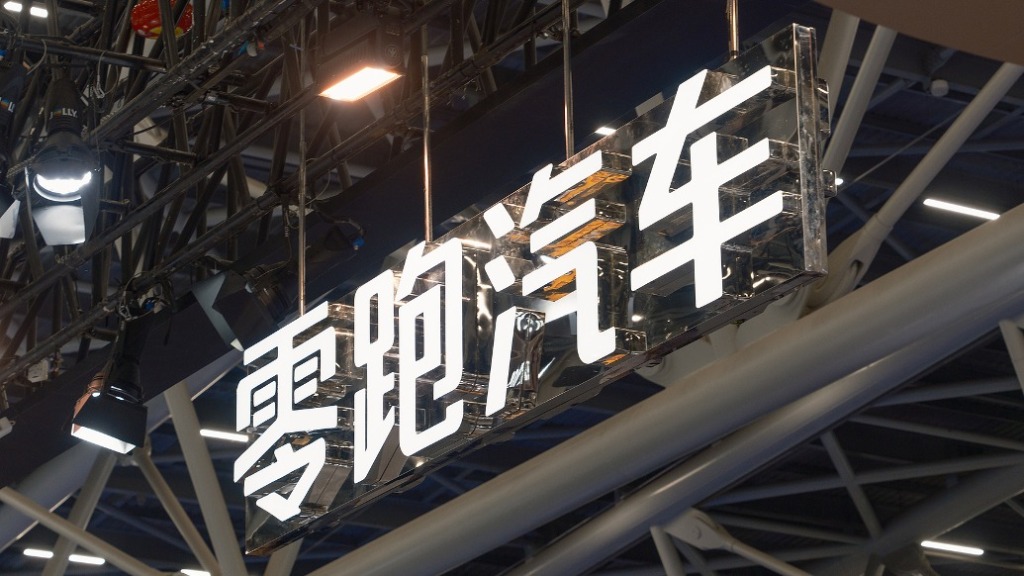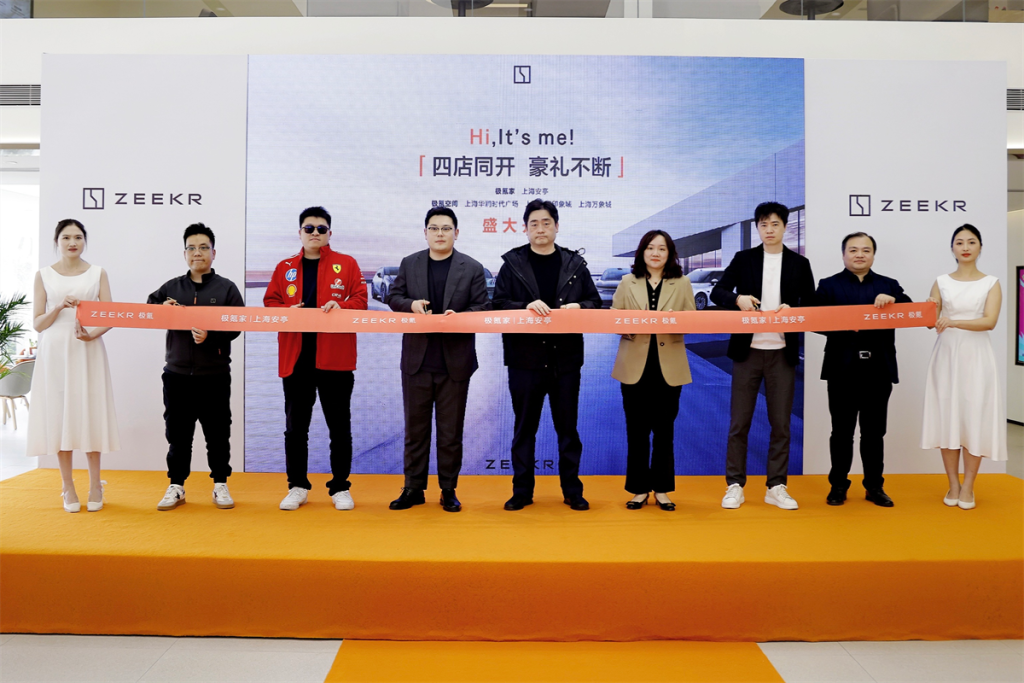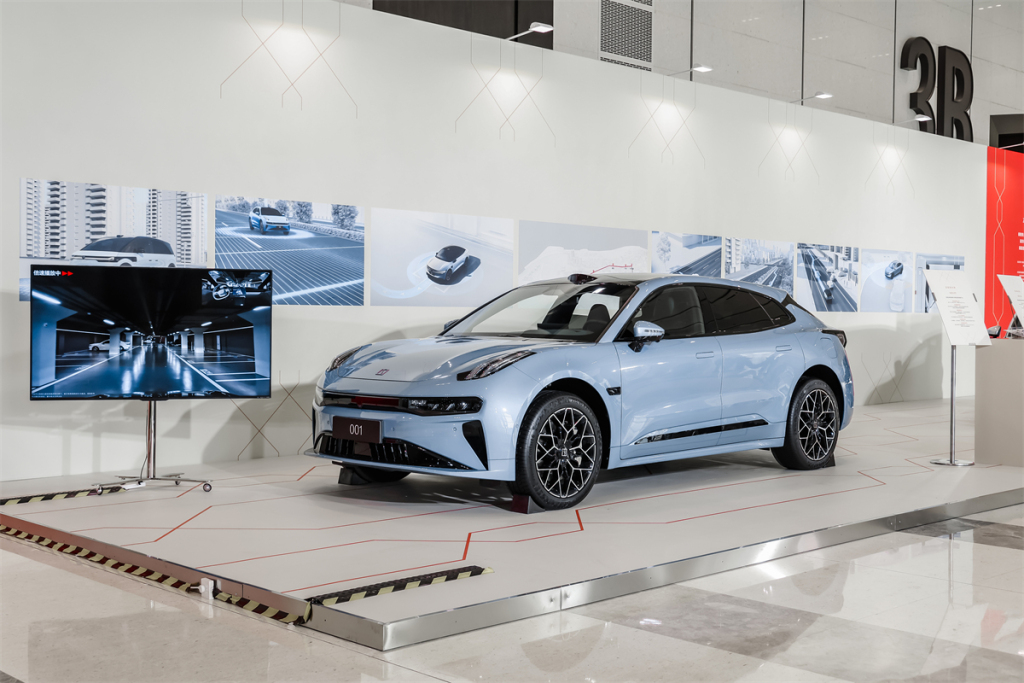
Toyota is actively embracing Chinese companies, Zeekr has successfully gone public in the United States, and Chinese car companies are becoming technology exporters in the new energy era.
On the B side of technology, the fundamental reason why car companies compete for traffic is to show themselves as much as possible in the Chinese market where technology is rapidly iterating.
Toyota denies rumor that it will adopt BYD DM-i hybrid technology
Event Overview : According to media reports, Toyota's joint venture in China is planning to introduce plug-in hybrid models in the next two to three years, and will abandon its traditional oil-electric hybrid system and adopt BYD's DMI super hybrid technology. The next day, Toyota refuted the rumor, saying that the cooperation with BYD will focus on the field of pure electric vehicles.
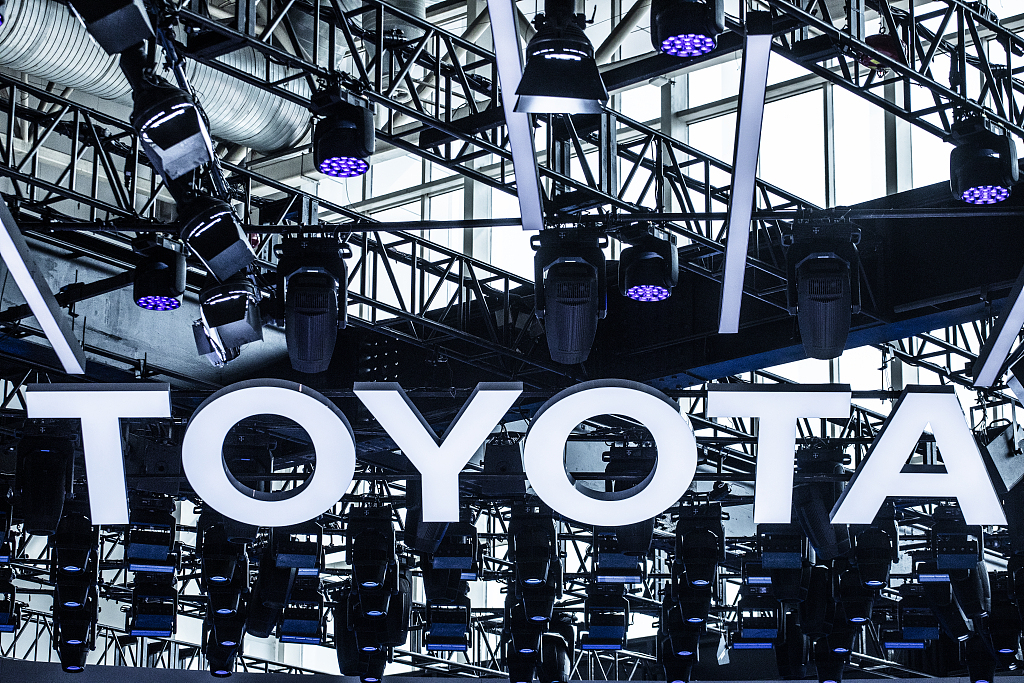
Comment : In fact, no matter what the final result is, Toyota is actively seeking cooperation with Chinese companies.
Although Toyota boasts of nearly 30 years of accumulated electrification technology, it clearly knows that its "electrification" is not the "new energy" that Chinese users want. The former is mainly oil-based, while the latter can be oil- and electricity-based.
At first, Toyota was not convinced and said it would always stick to the "diversified electrification route". But after watching for a few years and finding that its market share in China was gradually decreasing, Toyota changed direction in time and embraced China, and embraced China in terms of technology, personnel, concepts, and ecology. While developing and manufacturing cars with Chinese car companies, Toyota also cooperated with industry, academia, and research to establish various battery, hydrogen energy, and intelligent software joint ventures. Recently, Toyota has also cooperated with Tencent and Huawei to varying degrees.
Toyota Vice President Hiroki Nakajima said at the Beijing Auto Show: "China leads the world in BEV. This is not an isolated island. Toyota pays tribute to China and will create a better future with the Chinese market."
There is actually some rationality in the rumor that Toyota uses BYD's DM-i technology. First, Toyota and BYD already have experience in jointly developing electric vehicles, and the two parties also have a joint venture. Second, Toyota made it clear at the Beijing Auto Show that it would introduce PHEV through a joint venture in the next 2-3 years, which would naturally make the outside world think of cooperating with BYD on super hybrid technology. Third, power sharing is also common in the era of fuel vehicles, such as BAIC using Mercedes-Benz engines, Geely using Volvo engines, and Maserati using Ferrari engines. However, now the roles have been reversed, and overseas car companies have used China's three-electric technology.
But when it comes to hybrid technology, Toyota also has reasons to insist on its own research and development. After all, it has the best global reputation and the broadest user base.
Moreover, Toyota's Intelligent Electric Vehicle R&D Center (IEM by TOYOTA, formerly TMEC) in Changshu has been mainly engaged in the localization of Toyota's hybrid system supply chain in the past few years. Now, it has reached a localization rate of more than 95% (first-tier suppliers), approaching the "same price for oil and electricity". On this basis, PHEV can be realized by changing the series-parallel connection mode and battery capacity. If BYD DM-i technology is adopted in the future, the supply chain resources cultivated in the early stage will be equivalent to being burned.
“Personal IP Commercialization” has become a hot word
Event Overview : Recently, the big names in the automotive industry represented by Xiaohong and Xiaolu set off a traffic feast at the Beijing Auto Show. Shortly after the auto show, Jia Yueting released a video on the occasion of FF's delisting, expressing his intention to raise funds for the company through the commercialization of personal IP. Then, Ms. Q, Vice President of Public Relations at Baidu, made a controversial statement on the social platform - we only have an employment relationship with our employees and have no obligation to understand their personal situations, which once again cast a layer of fantasy on the term "personal IP commercialization".
Comment : For car companies, the commercialization of personal IP means first having direct contact with users to form personal IP, and then using personal charm to "influence" the audience to achieve commercialization.
In fact, among the new forces in car manufacturing, Li Bin, Li Xiang, He Xiaopeng, and even An Conghui of Zeekr have already taken the first step. Later, cross-border bigwigs such as Yu Chengdong and Lei Jun further injected "network sense" into the car industry, bringing the car industry into the era of personal IP commercialization.
Essentially, the phenomenon of traditional car company chiefs competing to become internet celebrities is a revolution in marketing in the automotive industry.
Traditional car companies rarely have direct contact with consumers and usually sell vehicles through 4S stores. Especially in the marketing aspect, most of them are contracted out to third-party public relations companies.
In the era of growth, traditional car companies can still achieve rapid growth without having to face consumers directly.
However, as we enter the era of inventory, the saturation of demand has caused consumers to become more "picky" about cars. When car companies reach a bottleneck in product strength, they can only attract market attention through marketing changes.
Therefore, when the bigwigs in the technology industry with strong internet sense arrived with a large number of fans under their command, traditional car companies woke up from their dreams.
Whether it is Lei Jun or Yu Chengdong, they have rich experience in mediating with C-end users in the field of consumer electronics, which is far beyond the experience of traditional car company executives who sit in high-level offices and give orders.
Now, the bosses of traditional car companies have realized that they cannot always focus on technology, but must learn from new forces and learn the code of traffic.
Therefore, in the past month, the top executives of car companies have frequently stepped forward to do marketing. Wei Jianjun of Great Wall Motors live-streamed the test city NOA; Yin Tongyue of Chery Motors connected with Luo Zhenyu during the live broadcast, and recently he also followed Lei Jun's example and personally delivered cars to users. In addition, the top executives of Geely, Li Shufu, and Changan Auto, Zhu Huarong, all went on live broadcasts.
Although I feel a little sorry for these "old bones", I have to say that the top leader's presence can indeed bring affinity to consumers, and can also convey the company's mission and commitments directly to target users, achieving layer-by-layer transmission without intermediaries, and avoiding the risk of distorting the leadership's intentions during the execution process.
However, the leaders of traditional auto companies have not yet accumulated a large enough fan base in the Internet field, and not every leader is suitable to be an Internet celebrity. For example, Wei Jianjun still cannot help but give instructions in his live broadcasts, output ideas in a one-way manner, act like a big boss, and lack interaction. How to transform from a high-ranking leader to a down-to-earth and real "Internet celebrity"? The leaders of traditional auto companies still have a long way to go.
Zeekr goes public in the US
Event Overview: On the evening of May 10th, Beijing time, Zeekr Intelligent Technology Holdings Co., Ltd. (hereinafter referred to as "Zekr") was officially listed on the New York Stock Exchange, with the stock code "ZK". Due to oversubscription, Zeekr expanded the scale of its IPO, issuing a total of 21 million American Depositary Shares (ADS, each ADS corresponds to 10 common shares) at a price of US$21 per share, raising funds from US$368 million to approximately US$441 million. If the underwriters exercise their over-allotment rights, the issuance scale will be further expanded to 24.15 million ADSs, raising approximately US$507 million. The underwriters of this issuance mainly include 12 well-known institutions such as Goldman Sachs, Morgan Stanley, BofA Securities, and CICC.
The company opened at $26 per share, and the stock price continued to rise after the start of trading. The closing price on the first trading day was $28.26, up 34.57% from the issue price. The intraday increase once exceeded 40%, and the market value once reached $7.16 billion (about RMB 51.729 billion). Zeekr's gross profit margin for the whole vehicle was positive in the first year of its establishment, reaching 15% in 2023, an increase of 10.3 percentage points year-on-year, and is expected to become the earliest and fastest profitable electric vehicle company besides Tesla.
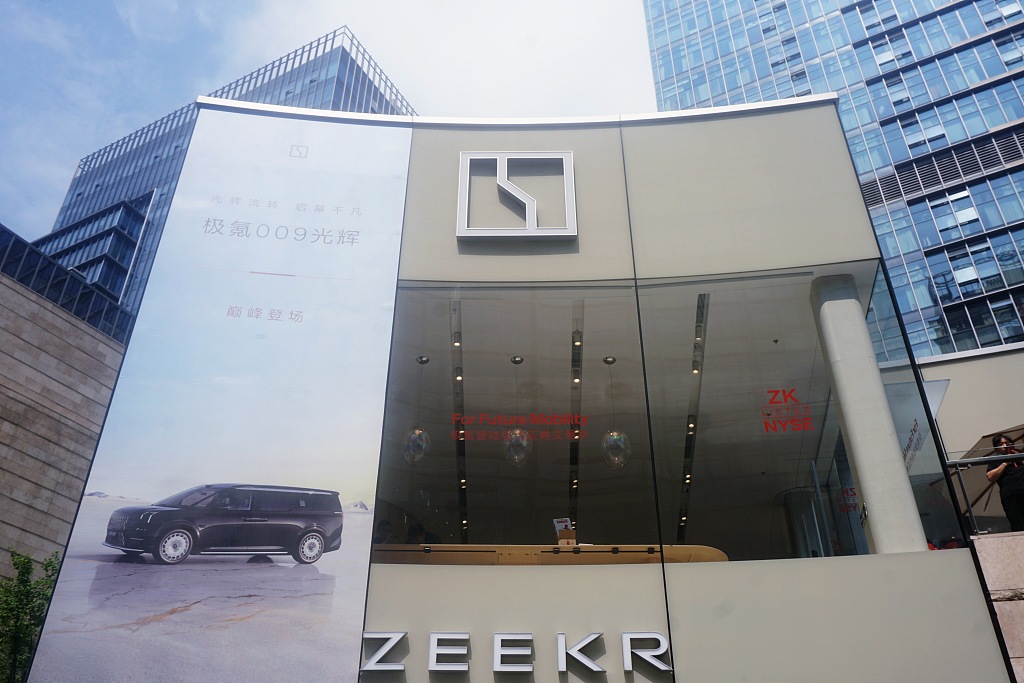
Comment : The subscription phase before the IPO ended one day ahead of schedule. In less than three days, Zeekr received several times the order coverage. One of the reasons for the rapid end of the subscription is that Zeekr's IPO valuation is significantly lower. The IPO valuation of Zeekr is US$5.13 billion, which is much lower than the post-investment valuation of Zeekr's Pre-A round of financing of US$13 billion in February last year. There is a gap with the current market value of Wei, Xiaoli, and Li Auto, which are currently US$11 billion, US$7.7 billion, and US$28.8 billion respectively.
Since 2020, the number of Chinese stocks listed on the US stock market has dropped sharply, and the market's enthusiasm for financing new energy vehicles has been declining since 2022. This has led to a low valuation for Zeekr's IPO.
However, judging from the fact that the subscription was completed quickly, the industry is optimistic about its potential, and it can be said that it is a low-priced potential stock. According to the prospectus, in the past three years, Zeekr's total operating income was 6.5 billion yuan, 31.9 billion yuan, and 51.7 billion yuan respectively. In 2023, its revenue increased by 62% year-on-year, and its gross profit reached 15%, second only to Tesla and Ideal in the field of high-end pure electric vehicles.
In the first four months of this year, Zeekr achieved a year-on-year growth of 111%, with sales of nearly 50,000 units.
Zeekr is also rapidly expanding its overseas presence. In addition to design and R&D institutions around the world, Zeekr 001 and Zeekr X were delivered in Europe in June last year. By the end of 2024, it will enter eight European countries and simultaneously develop markets in more than 50 countries and regions including Southeast Asia, the Middle East, South America, and Australia.
In addition, Zeekr's revenue structure is very diverse. According to the prospectus, the revenue of its three-electric business, R&D and other services has increased year by year. In 2021, 2022 and 2023, the revenue of the three-electric business, R&D and other services will be 4.983 billion yuan, 12.228 billion yuan and 17.761 billion yuan respectively, which also brings imagination to its future market.
